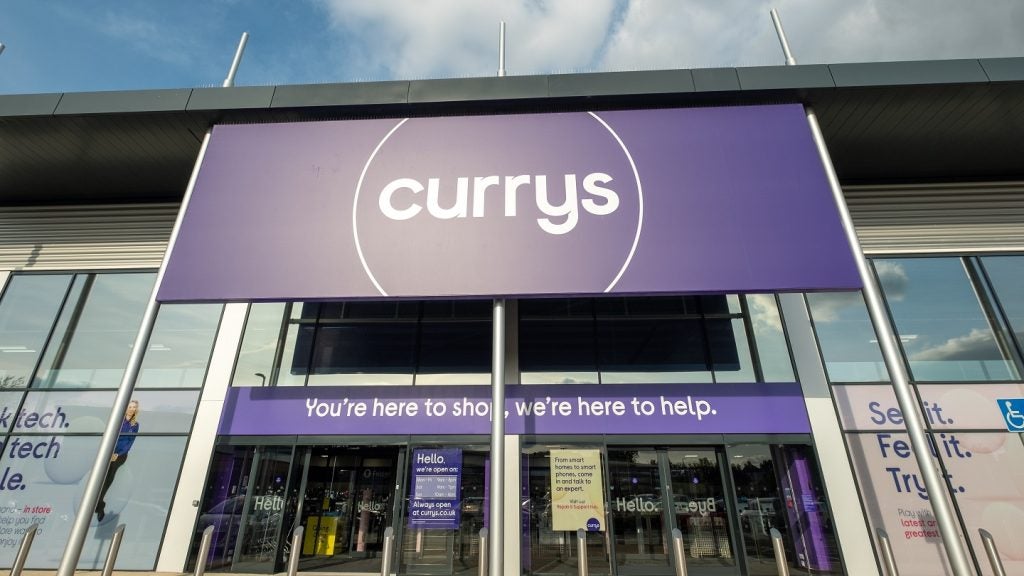The transition from traditional brick-and-mortar stores to online platforms has become increasingly essential for the survival and growth of retail businesses.
With the advent of digital technologies and shifting consumer preferences, adapting to an online model has become not just a trend but a necessity.
In this article, we will explore the strategies and considerations involved in successfully transitioning your retail business from brick-and-mortar to click-and-order, ensuring continued relevance and profitability in the digital age.
Understanding the shift in consumer behaviour
Before delving into the practical aspects of transitioning your retail business online, it is crucial to understand the underlying shift in consumer behaviour that is driving this change.
Today's consumers are more digitally savvy and value convenience above all else. They expect to be able to browse, compare, and purchase products seamlessly across multiple devices and platforms.
The rise of e-commerce giants such as Amazon and Alibaba has set a high standard for online shopping experiences, further shaping consumer expectations.
Furthermore, the Covid-19 pandemic accelerated the adoption of online shopping as lockdowns and social distancing measures forced many consumers to turn to digital channels for their retail needs.
Even as restrictions ease, the convenience and safety of online shopping continue to attract new customers and retain existing ones.
Strategies for successful transition
- Establishing an online presence: The first step in transitioning your retail business online is to establish a strong digital presence. This includes setting up a user-friendly website or online store where customers can browse your products, make purchases, and receive support. Invest in professional web design and ensure that your online platform is mobile-responsive to cater to the growing number of mobile shoppers.
- Optimising for search engines: Search engine optimisation plays a crucial role in driving organic traffic to your online store. Conduct keyword research to identify relevant search terms related to your products and incorporate them strategically into your website content, product descriptions, and metatags. Focus on creating high-quality, informative content that not only improves your search rankings but also engages and educates your audience.
- Embracing omnichannel retailing: In today's omnichannel retail landscape, consumers expect a seamless shopping experience across multiple channels, including online, mobile, and physical stores. To meet these expectations, consider integrating your brick-and-mortar and online operations to provide a unified shopping experience. Offer services such as click-and-collect, where customers can order online and pick up their purchases in-store, or provide virtual consultations and personalised recommendations to replicate the in-store shopping experience online.
Adapting to changing market dynamics
As you transition your retail business from brick-and-mortar to click-and-order, it is essential to remain agile and adaptable to changing market dynamics.
Monitor industry trends, consumer preferences, and technological advancements to stay ahead of the curve and continue meeting the evolving needs of your customers.
By embracing digital transformation and adopting a customer-centric approach, you can position your retail business for long-term success in the digital age.
From establishing a strong online presence to embracing omnichannel retailing, the key to thriving in today's competitive landscape lies in adapting to change and continuously innovating to exceed customer expectations.















